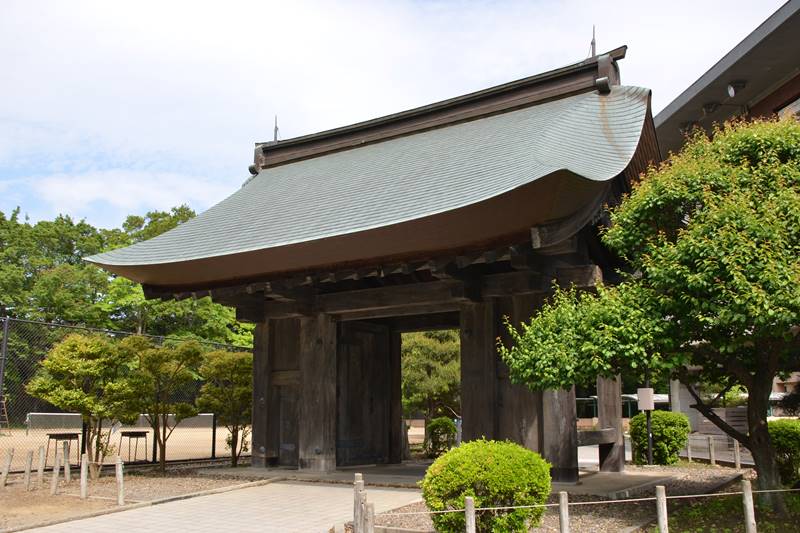This is all about Mito Castle Ruins you want to know.
Every information you get on this site will be from a credible source based on Japanese history (books for reference).
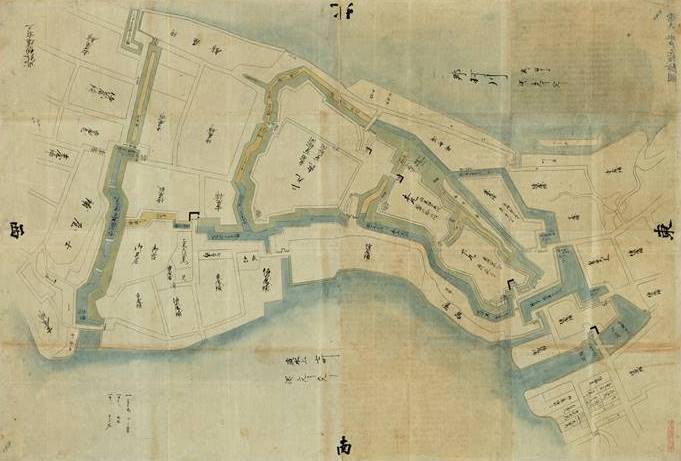
Collected by the Inagaki family, the Toba Daimyō from the mid-Edo period to the Meiji Restoration, as materials for military studies. There are about 350 illustrations, but there is no uniformity because only illustrations of castles, illustrations including castle towns, and old battlefield illustrations are mixed.
Another typical example of a castle picture in the Edo period is "The Shōhō Shiroezu", picture of the castle and castle town that the Edo Shogunate ordered the daimyō to create and submit,aggregating military information such as the buildings inside the castle, the height of the stone wall, the width of the moat and the water depth, etc., it also details the location and shape of the castle town and the mountain river.
Profile : Mito Castle Ruins
| Location | Mito City, Ibaragi Prefecture |
| Also known as | Baba Castle, Suifu Castle |
| Type of castle | Hilltop |
| Mountain's name | ー |
| Elevation | ー |
| Condition | No main keep but other buildings |
| Designation | National Special Historic Sites Ibaragi Prefecture Historic Sites |
| Year built | 1190-1198 |
| Abolished | 1871 |
| Castle lord | Daijō Sukemoto(Baba Sukemoto) |
| Refurbishment lord | Satake Yoshinobu |
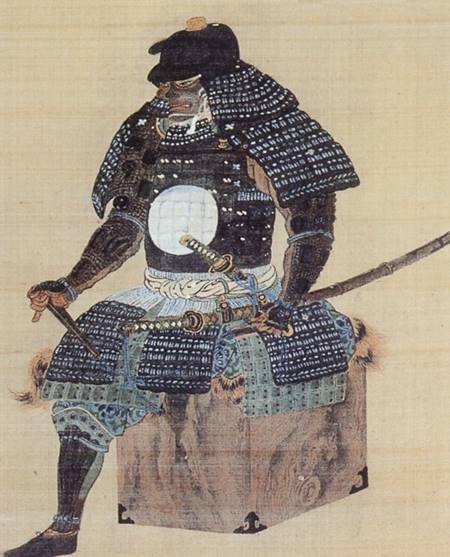

adapted from "Classical Japanese National Data Set" (Kokubunken Collection)
The family crest was originally created from the pattern that the emperor and the royal family put on the kimono, and the pattern was made into a fixed pattern, and the one attached to his own oxcart is said to be the beginning of the family crest. The warlords drew large crests on the flag-fingers, used to distinguish enemy views on the battlefield, and used by the generals to determine which warlords were active and how much.
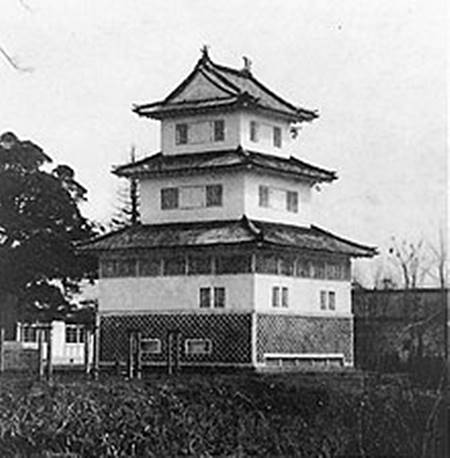
The three structure tower was a large tower with three levels of exterior and five floors inside. Instead of having a stone wall, the lower part of the first layer was covered with a seagull wall, showing the appearance as if it was standing on a stone wall. It became a virtual castle tower, no turret stand, built on a foundation stone laid on the ground. Burned down in an air raid in 1945.
Mito Castle admission
【Ninomaru Exhibition Hall】
admission fee : free
admission time : am9-pm4:30
closing period : December 29-31
【Kōdōkan】
admission fee : 400yen(Adult & over 70) 200yen(child)
Febrary 20 - September 30 : am9-pm5
October 1 - Febrary 19 : am9-pm4:30
closing period : December 29-31 reference official site
Mito Castle Google Map
Mito Castle Images


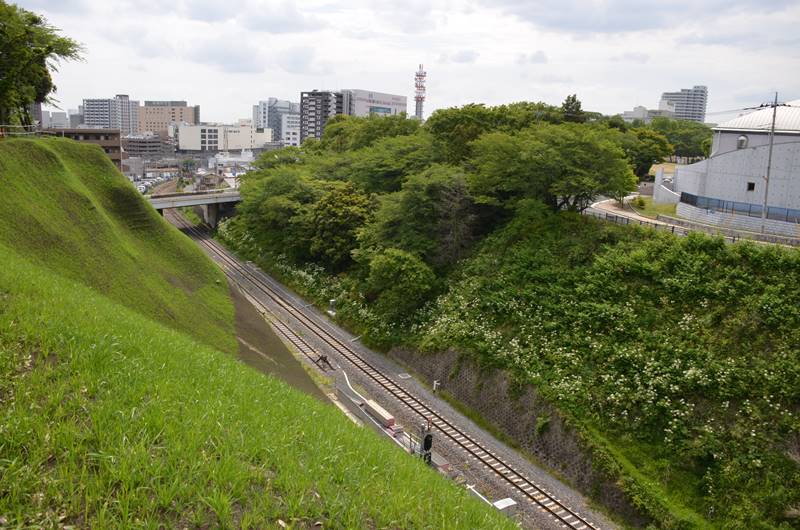
The trench between Honmaru and Ninomaru is used as railway track of JR curentlly.
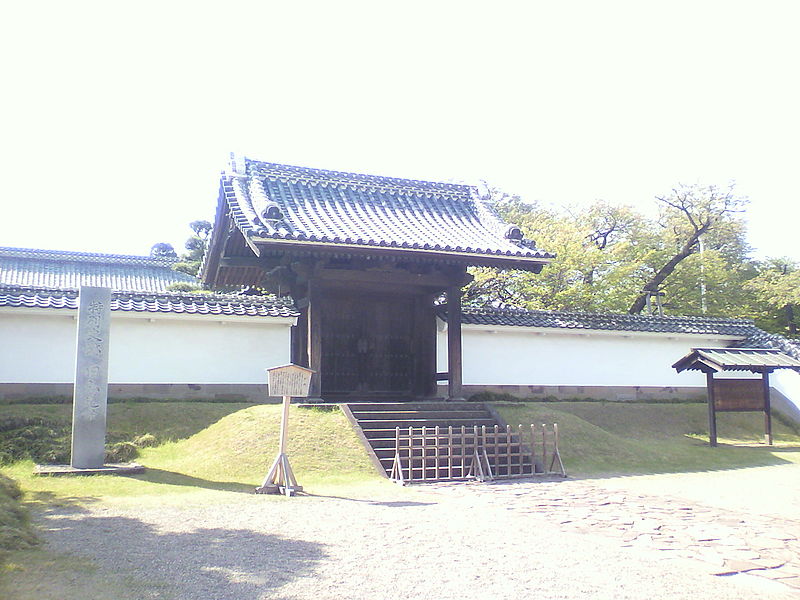

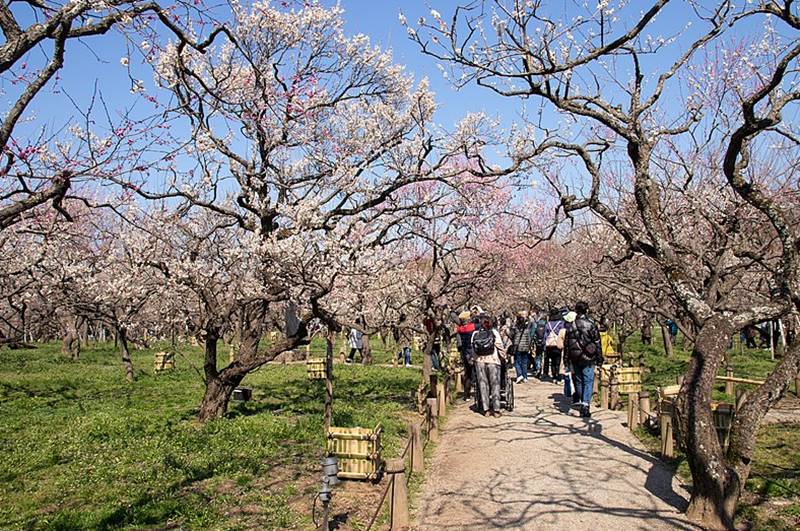
About 3,000 plums of about 100 species are planted in Kairakuen, telling us of the early spring. "Mito Plum Festival" from late February to March. Kairakuen is one of the three famous gardens in Japan, along with Kenrokuen in Kanazawa City and Kōrakuen in Okayama city , and was built Tokugawa Nariaki. Both Kōdōkan and Kairakuen are also made by The General, but Kairakuen is a relatively relaxing, mental and physical recreation place that was made with Kōdōkan as a target.
